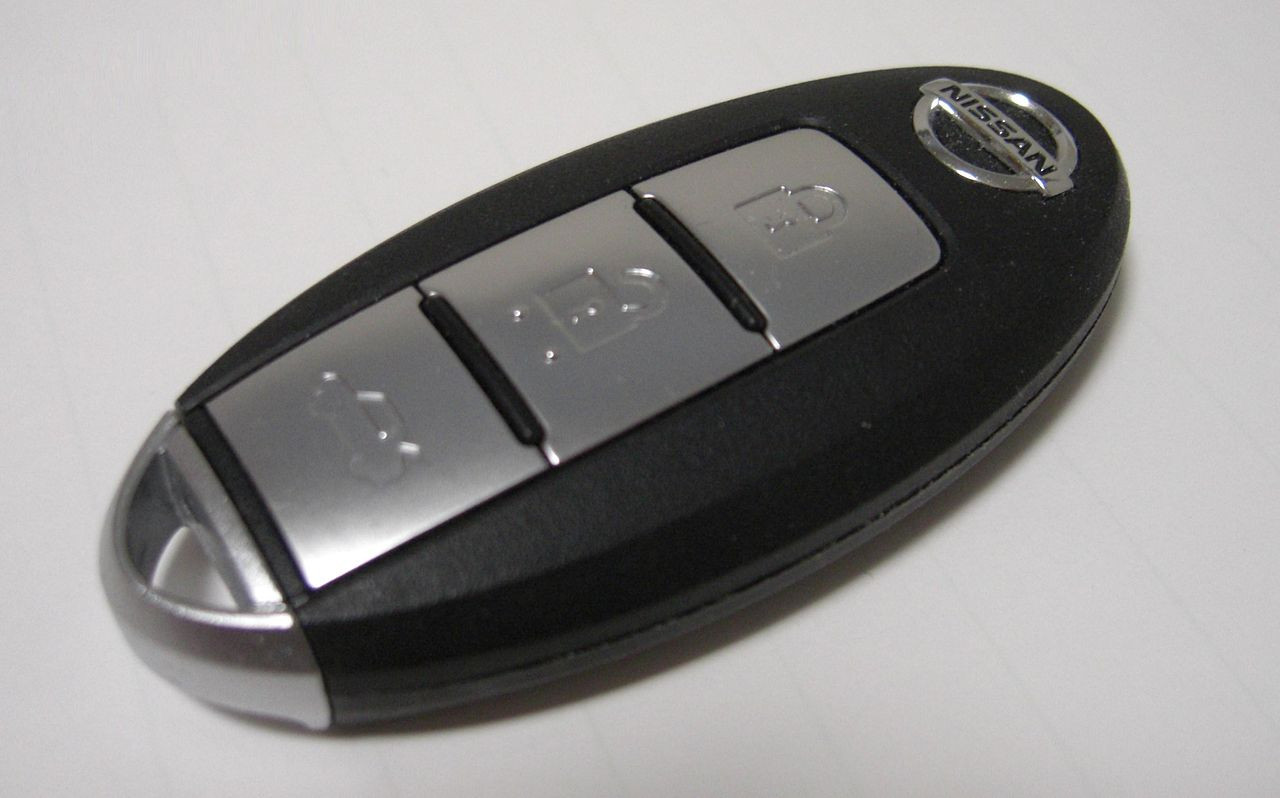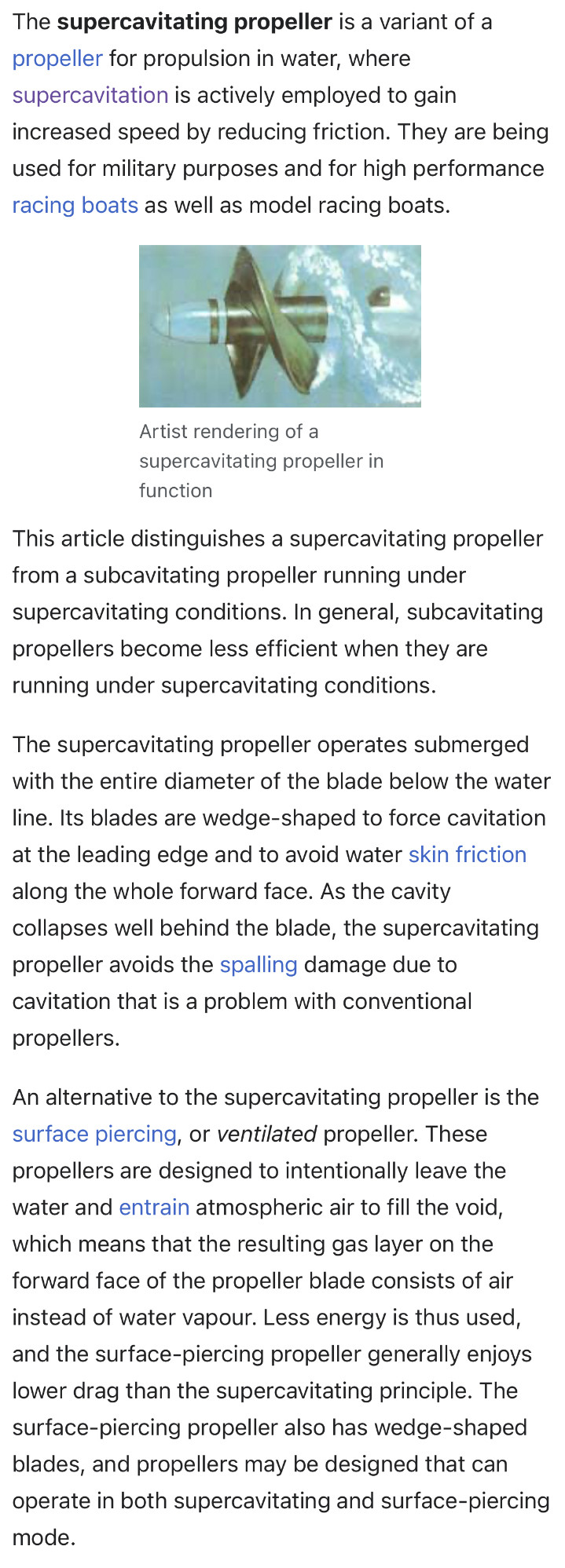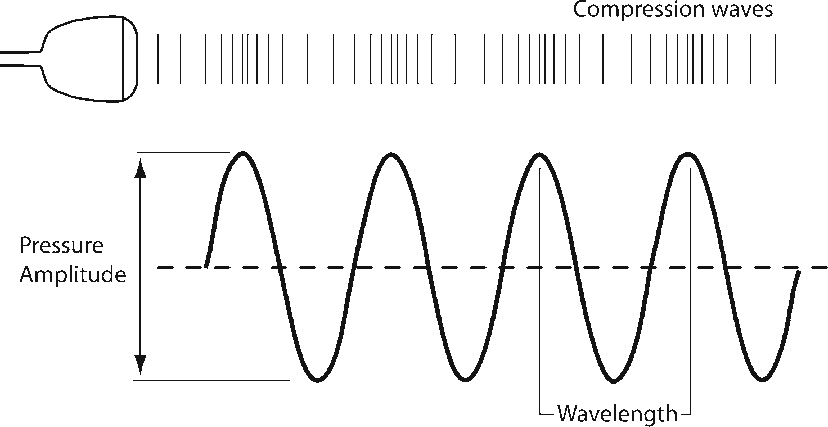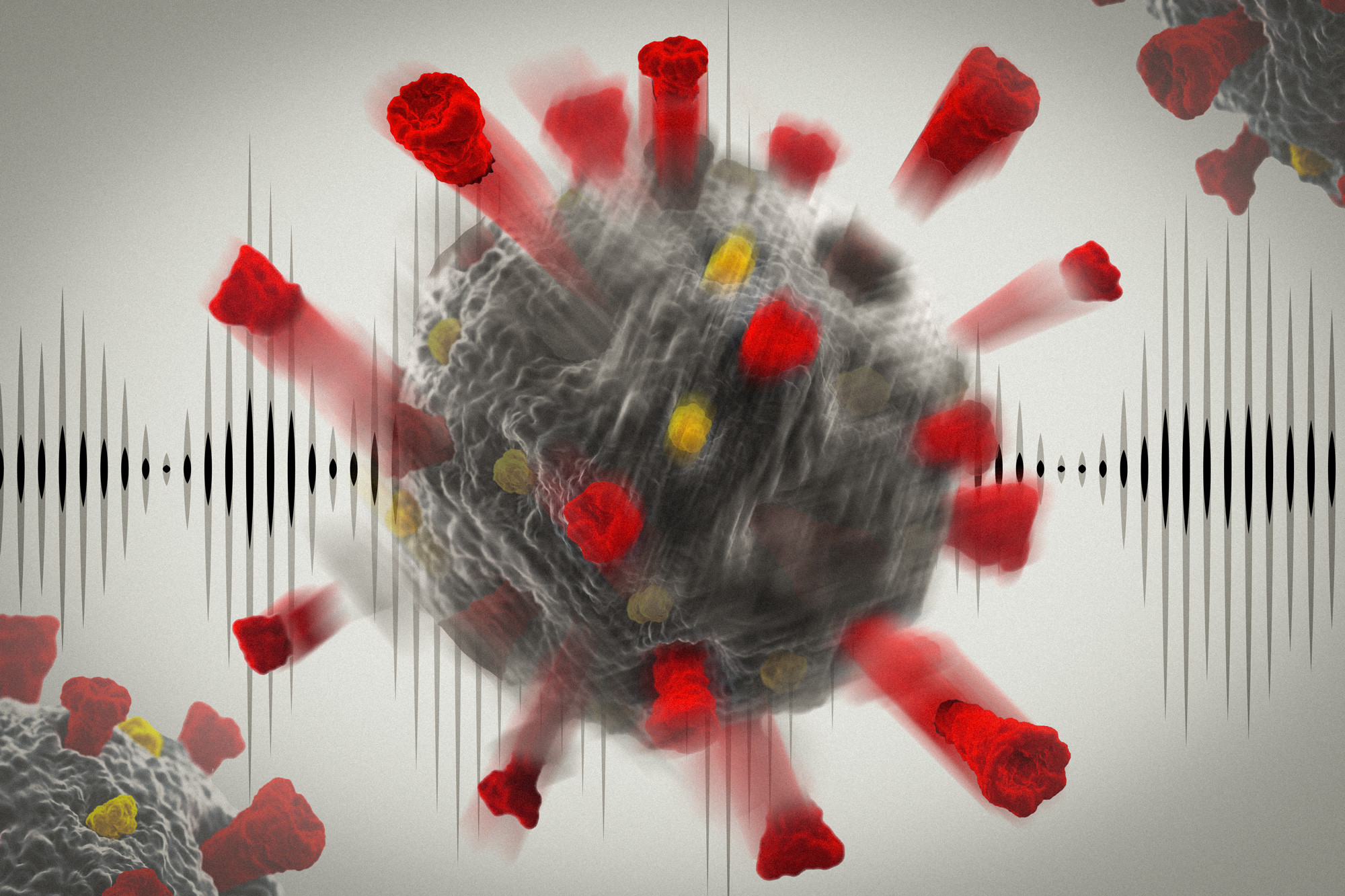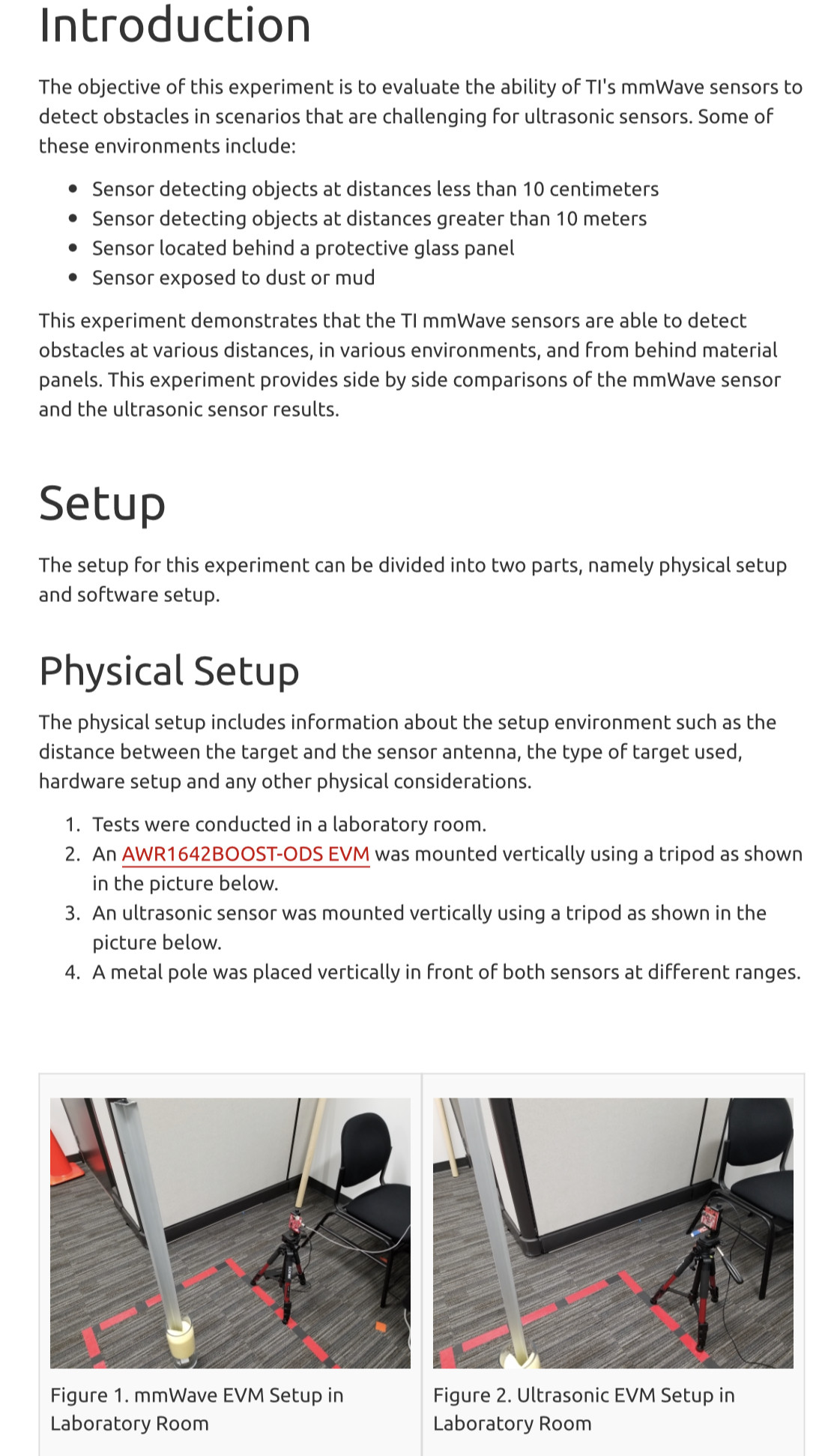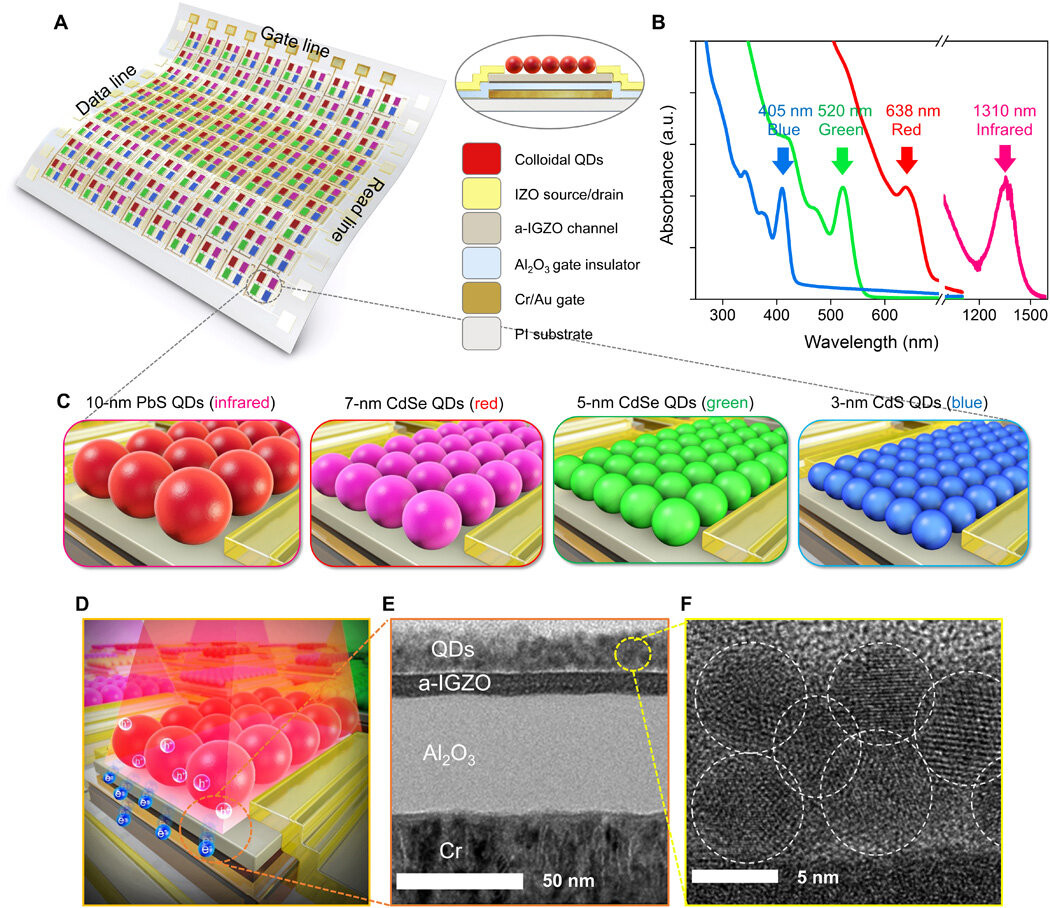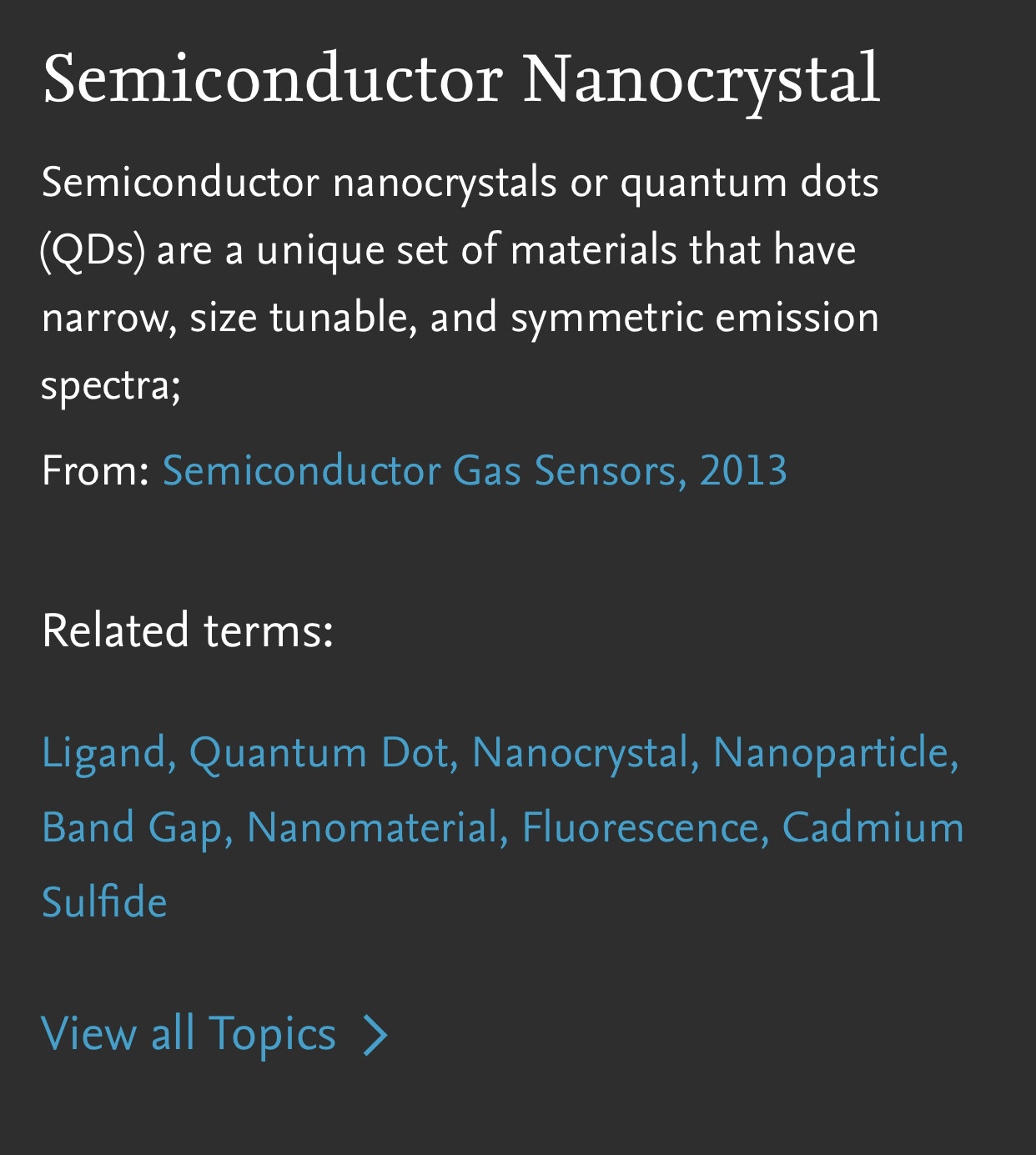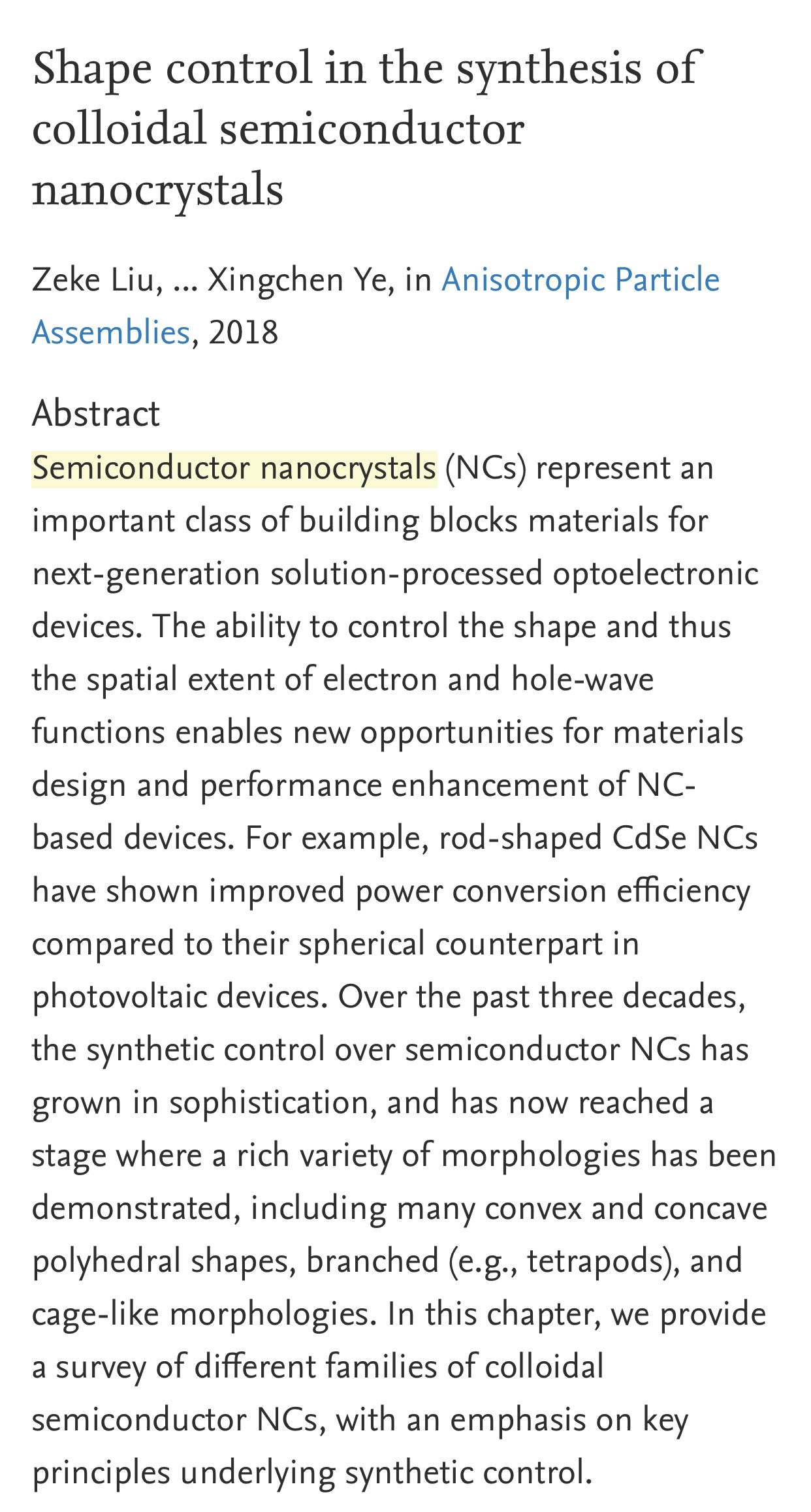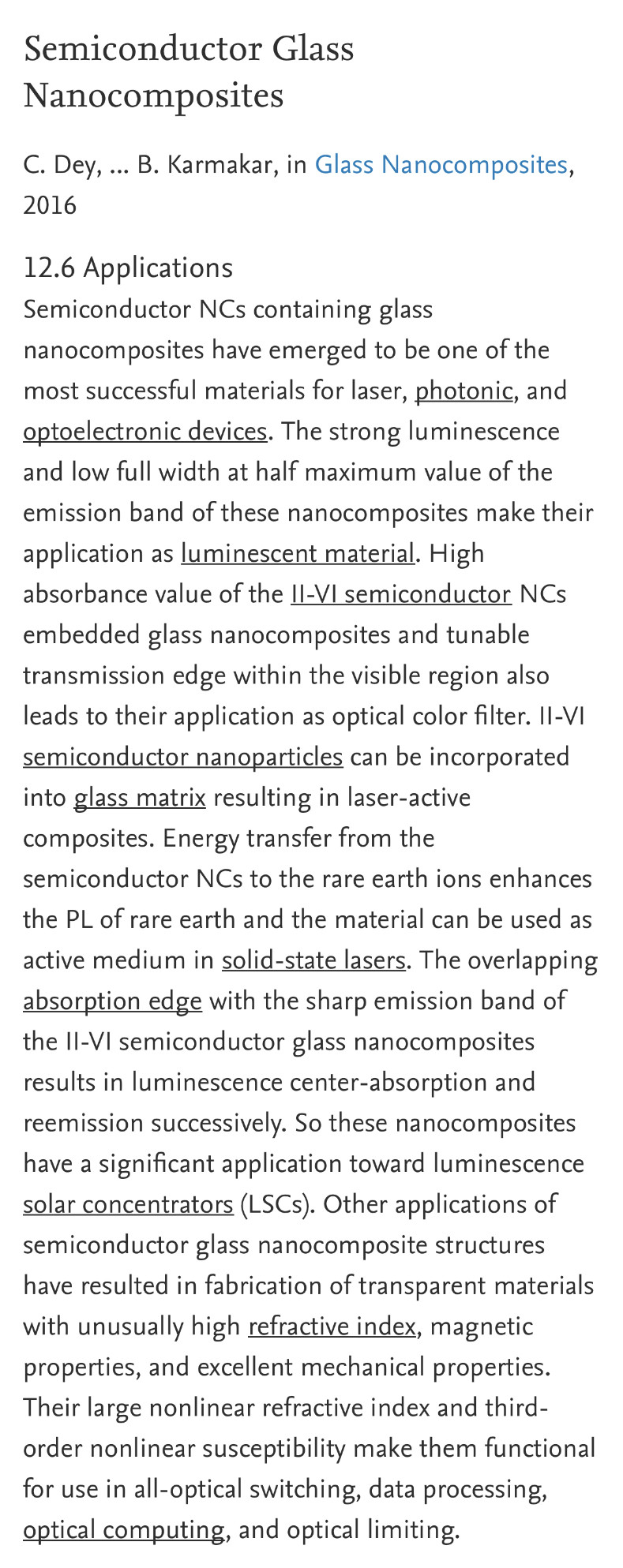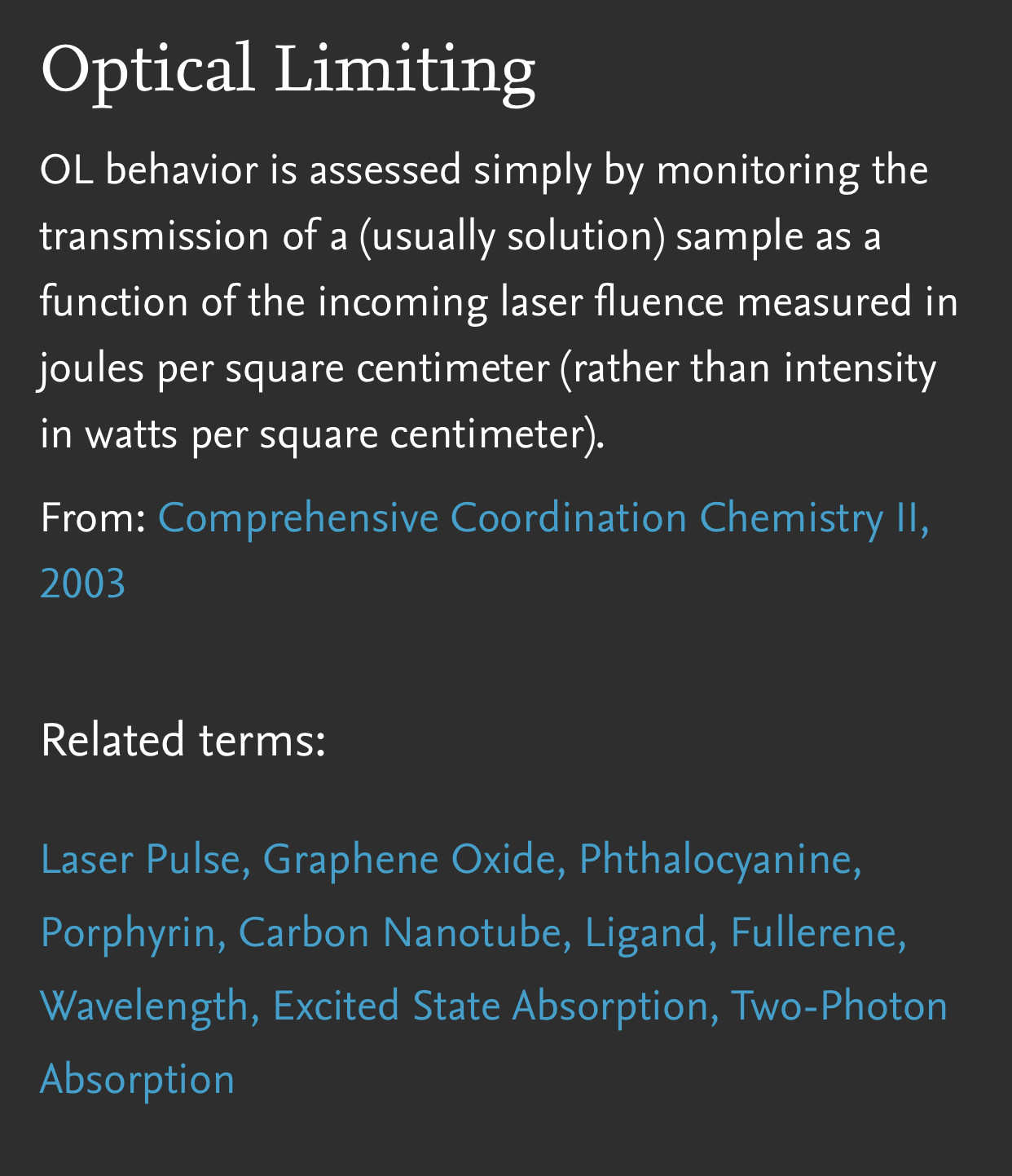Notice: Undefined index: tg1tga_access in /home/admin/www/anonup.com/themes/default/apps/timeline/post.phtml on line 396
Notice: Undefined index: tg1tga_access in /home/admin/www/anonup.com/themes/default/apps/timeline/post.phtml on line 396
(transitive) To acquire possession of.
Notice: Undefined index: tg1tga_access in /home/admin/www/anonup.com/themes/default/apps/timeline/post.phtml on line 396
to gain a battle; to gain a case at law
(transitive) To increase.
(intransitive) To be more likely to catch or overtake an individual.
I'm gaining (on you).
gain ground
(transitive) To reach.
to gain the top of a mountain
Notice: Undefined index: tg1tga_access in /home/admin/www/anonup.com/themes/default/apps/timeline/post.phtml on line 396
Notice: Undefined index: tg1tga_access in /home/admin/www/anonup.com/themes/default/apps/timeline/post.phtml on line 396
Notice: Undefined index: tg1tga_access in /home/admin/www/anonup.com/themes/default/apps/timeline/post.phtml on line 396
Notice: Undefined index: tg1tga_access in /home/admin/www/anonup.com/themes/default/apps/timeline/post.phtml on line 396
Notice: Undefined index: tg1tga_access in /home/admin/www/anonup.com/themes/default/apps/timeline/post.phtml on line 396
Notice: Undefined index: tg1tga_access in /home/admin/www/anonup.com/themes/default/apps/timeline/post.phtml on line 396
Notice: Undefined index: tg1tga_access in /home/admin/www/anonup.com/themes/default/apps/timeline/post.phtml on line 396
Notice: Undefined index: tg1tga_access in /home/admin/www/anonup.com/themes/default/apps/timeline/post.phtml on line 396
Notice: Undefined index: tg1tga_access in /home/admin/www/anonup.com/themes/default/apps/timeline/post.phtml on line 396
Notice: Undefined index: tg1tga_access in /home/admin/www/anonup.com/themes/default/apps/timeline/post.phtml on line 396
Notice: Undefined index: tg1tga_access in /home/admin/www/anonup.com/themes/default/apps/timeline/post.phtml on line 396
Notice: Undefined index: tg1tga_access in /home/admin/www/anonup.com/themes/default/apps/timeline/post.phtml on line 396
Notice: Undefined index: tg1tga_access in /home/admin/www/anonup.com/themes/default/apps/timeline/post.phtml on line 396
Notice: Undefined index: tg1tga_access in /home/admin/www/anonup.com/themes/default/apps/timeline/post.phtml on line 396
It is particularly useful in materials research because of its high sensitivity at high mass resolution, which allow for trace element imaging and quantification.[14]
Notice: Undefined index: tg1tga_access in /home/admin/www/anonup.com/themes/default/apps/timeline/post.phtml on line 396
Notice: Undefined index: tg1tga_access in /home/admin/www/anonup.com/themes/default/apps/timeline/post.phtml on line 396
Notice: Undefined index: tg1tga_access in /home/admin/www/anonup.com/themes/default/apps/timeline/post.phtml on line 396

X-ray crystallography of viruses - PubMed
For about 30 years X-ray crystallography has been by far the most powerful approach for determining virus structures at close to atomic resolutions. Information provided by these studies has deeply and extensively enriched and shaped our vision of the virus world. In turn, the ever increasing comple..
https://pubmed.ncbi.nlm.nih.gov/23737050/Notice: Undefined index: tg1tga_access in /home/admin/www/anonup.com/themes/default/apps/timeline/post.phtml on line 396

Ultrasound-assisted crystallization (sonocrystallization) - ScienceDirect
The positive influence of ultrasound (US) on crystallization processes is shown by the dramatic reduction of the induction period, supersaturation con…
https://www.sciencedirect.com/science/article/abs/pii/S1350417706001684Notice: Undefined index: tg1tga_access in /home/admin/www/anonup.com/themes/default/apps/timeline/post.phtml on line 396
Notice: Undefined index: tg1tga_access in /home/admin/www/anonup.com/themes/default/apps/timeline/post.phtml on line 396
A laser microprobe is a mass spectrometer that uses ionization by a pulsed laser and subsequent mass analysis of the generated ions.
Notice: Undefined index: tg1tga_access in /home/admin/www/anonup.com/themes/default/apps/timeline/post.phtml on line 396
Notice: Undefined index: tg1tga_access in /home/admin/www/anonup.com/themes/default/apps/timeline/post.phtml on line 396
Notice: Undefined index: tg1tga_access in /home/admin/www/anonup.com/themes/default/apps/timeline/post.phtml on line 396
Notice: Undefined index: tg1tga_access in /home/admin/www/anonup.com/themes/default/apps/timeline/post.phtml on line 396
Notice: Undefined index: tg1tga_access in /home/admin/www/anonup.com/themes/default/apps/timeline/post.phtml on line 396
Notice: Undefined index: tg1tga_access in /home/admin/www/anonup.com/themes/default/apps/timeline/post.phtml on line 396
Notice: Undefined index: tg1tga_access in /home/admin/www/anonup.com/themes/default/apps/timeline/post.phtml on line 396
Notice: Undefined index: tg1tga_access in /home/admin/www/anonup.com/themes/default/apps/timeline/post.phtml on line 396
Notice: Undefined index: tg1tga_access in /home/admin/www/anonup.com/themes/default/apps/timeline/post.phtml on line 396
1.
the flat cutting edge of a knife, saw, or other tool or weapon.
"cut cleanly using a sharp blade"
LITERARY
a sword.
AUSTRALIAN•NEW ZEALAND
hand shears used in sheep shearing.
Notice: Undefined index: tg1tga_access in /home/admin/www/anonup.com/themes/default/apps/timeline/post.phtml on line 396
Notice: Undefined index: tg1tga_access in /home/admin/www/anonup.com/themes/default/apps/timeline/post.phtml on line 396
Notice: Undefined index: tg1tga_access in /home/admin/www/anonup.com/themes/default/apps/timeline/post.phtml on line 396
https://en.m.wikipedia.org...
https://en.m.wikipedia.org...
Technically, a material is under a state of compression, at some specific point and along a specific direction
x
x, if the normal component of the stress vector across a surface with normal direction
x
x is directed opposite to
x
x. If the stress vector itself is opposite to
x
x, the material is said to be under normal compression or pure compressive stress along
x
x. In a solid, the amount of compression generally depends on the direction
x
x, and the material may be under compression along some directions but under traction along others. If the stress vector is purely compressive and has the same magnitude for all directions, the material is said to be under isotropic or hydrostatic compression at that point. This is the only type of static compression that liquids and gases can bear.
Notice: Undefined index: tg1tga_access in /home/admin/www/anonup.com/themes/default/apps/timeline/post.phtml on line 396
Notice: Undefined index: tg1tga_access in /home/admin/www/anonup.com/themes/default/apps/timeline/post.phtml on line 396
Notice: Undefined index: tg1tga_access in /home/admin/www/anonup.com/themes/default/apps/timeline/post.phtml on line 396
One important property of mechanical waves is that their amplitudes are measured in an unusual way, displacement divided by (reduced) wavelength. When this gets comparable to unity, significant nonlinear effects such as harmonic generation may occur, and, if large enough, may result in chaotic effects. For example, waves on the surface of a body of water break when this dimensionless amplitude exceeds 1, resulting in a foam on the surface and turbulent mixing.
There are three types of mechanical waves: transverse waves, longitudinal waves, and surface waves, etc. Some of the most common examples of mechanical waves are water waves, sound waves, and seismic waves.
Notice: Undefined index: tg1tga_access in /home/admin/www/anonup.com/themes/default/apps/timeline/post.phtml on line 396
To see an example, move an end of a Slinky (whose other end is fixed) to the left-and-right of the Slinky, as opposed to to-and-fro.[2] Light also has properties of a transverse wave, although it is an electromagnetic wave.[3]
Notice: Undefined index: tg1tga_access in /home/admin/www/anonup.com/themes/default/apps/timeline/post.phtml on line 396
Notice: Undefined index: tg1tga_access in /home/admin/www/anonup.com/themes/default/apps/timeline/post.phtml on line 396
Rayleigh waves, also known as ground roll, are waves that travel as ripples with motion similar to those of waves on the surface of water. Such waves are much slower than body waves, at roughly 90% of the velocity of bulk waves[clarify] for a typical homogeneous elastic medium. Rayleigh waves have energy losses only in two dimensions and are hence more destructive in earthquakes than conventional bulk waves, such as P-waves and S-waves, which lose energy in all three directions.
A Love wave is a surface wave having horizontal waves that are shear or transverse to the direction of propagation. They usually travel slightly faster than Rayleigh waves, at about 90% of the body wave velocity, and have the largest amplitude.
Notice: Undefined index: tg1tga_access in /home/admin/www/anonup.com/themes/default/apps/timeline/post.phtml on line 396
Notice: Undefined index: tg1tga_access in /home/admin/www/anonup.com/themes/default/apps/timeline/post.phtml on line 396
Simulations show ultrasound waves at medical imaging frequencies can cause the virus’ shell and spikes to collapse and rupture.
Watch Video
Jennifer Chu | MIT News Office
Publication Date: March 16, 2021 ?
Notice: Undefined index: tg1tga_access in /home/admin/www/anonup.com/themes/default/apps/timeline/post.phtml on line 396
Holographic optical tweezers were used to show the interaction between a strongly focused laser beam and magnetic nanoparticles in ferrofluid. When the light intensity was high enough, magnetic nanoparticles were removed from the beam center and formed a dark ring. The same behavior was observed when focusing vortex or Bessel beams. The interactions between two or more separated rings of magnetic nanoparticles created by independent optical traps were also observed.
Notice: Undefined index: tg1tga_access in /home/admin/www/anonup.com/themes/default/apps/timeline/post.phtml on line 396
Notice: Undefined index: tg1tga_access in /home/admin/www/anonup.com/themes/default/apps/timeline/post.phtml on line 396
Notice: Undefined index: tg1tga_access in /home/admin/www/anonup.com/themes/default/apps/timeline/post.phtml on line 396
Notice: Undefined index: tg1tga_access in /home/admin/www/anonup.com/themes/default/apps/timeline/post.phtml on line 396
Notice: Undefined index: tg1tga_access in /home/admin/www/anonup.com/themes/default/apps/timeline/post.phtml on line 396

Quantum Dots for Sensing | SpringerLink
Quantum confinement has become a powerful tool for creating new materials with extraordinary properties. Since 1980s, the quantum effects on materials have become relevant as far as the scientific...
https://link.springer.com/chapter/10.1007/978-0-387-77753-5_6Notice: Undefined index: tg1tga_access in /home/admin/www/anonup.com/themes/default/apps/timeline/post.phtml on line 396
Notice: Undefined index: tg1tga_access in /home/admin/www/anonup.com/themes/default/apps/timeline/post.phtml on line 396
Notice: Undefined index: tg1tga_access in /home/admin/www/anonup.com/themes/default/apps/timeline/post.phtml on line 396
Notice: Undefined index: tg1tga_access in /home/admin/www/anonup.com/themes/default/apps/timeline/post.phtml on line 396
Notice: Undefined index: tg1tga_access in /home/admin/www/anonup.com/themes/default/apps/timeline/post.phtml on line 396
Notice: Undefined index: tg1tga_access in /home/admin/www/anonup.com/themes/default/apps/timeline/post.phtml on line 396
Notice: Undefined index: tg1tga_access in /home/admin/www/anonup.com/themes/default/apps/timeline/post.phtml on line 396


